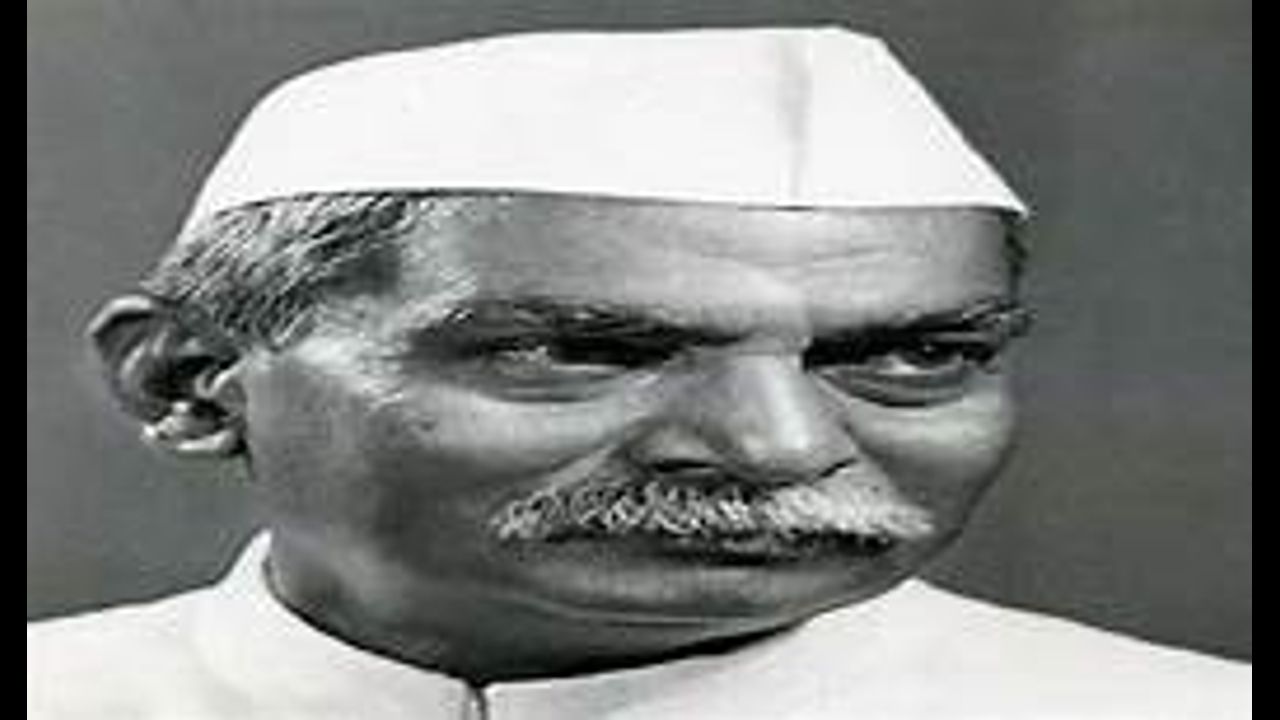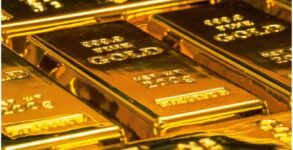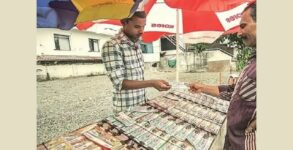Lawyer, writer, scholar, activist and the first president of Independent India, Dr. Rajendra Prasad, was born on December 3, 1884. The prominent leader known for his enormous leadership skills gave up a prospective career in Law to fight for the country’s freedom.
He contributed actively in the Indian Nationalist Movement together with Mahatma Gandhi, Jawaharlal Nehru, Vallabhbhai Patel and Lal Bahadur Shastri.
Prasad drafted the first constitution post-Independence and took reins of the emerging nation by leading the Constituent Assembly.
Dr. Prasad was also known as the chief architects in shaping the Republic of India, served as President for 12 years.
Prasad was awarded the Bharat Ratna in 1962, for his unparalled contribution to Indian Independence His notable literary works include Satyagraha in Champaran (1922), Atmakatha (1946) which was his autobiography, and Bapu ke Kadmon Mein (1954).
However, in 1962, Prasad lost his beloved wife Rajavanshi Devi, and this unprecedented incident deteriorated his health to a considerable extent. He spent the last few months of his life in the Sadaqat Ashram of Patna and breathed his last on 28 February 1963.
On his 59th death anniversary, here are some interesting facts about India’s first President.
- At the age of five, Prasad’s father appointed a Maulavi to teach several languages such as Persian, Hindi, and Arithmetic.
- Prasad had been imprisoned multiple times by the British government due to his participation and support in the Satyagraha Movement and the Quit India Movement.
- He followed the path of Mahatma Gandhi on account of generating equality with caste and untouchability.
- Prasad was a humanitarian and had volunteered keenly when Bengal and Bihar were witnessing floods in 1914. In 1934, he himself distributed clothes and food to the victims in Bihar earthquake and epidemic.
- Following the general election of 1951, he was elected the first president of India by the electoral college of the first Parliament and its state legislatures.
- Interestingly, it is said that during an examination, Prasad attempted all 10 questions where students were allowed to solve any 5 of 10. So impressed was the examiner that he remarked “Examinee is better than examiner”!
- He penned his own autobiography Atmakatha while he was serving a 3-year prison term in Bankipur Jail.
- He played a vital role in forming the Bihari Students Conference in the year 1906 at the hall of the Patna College.


















